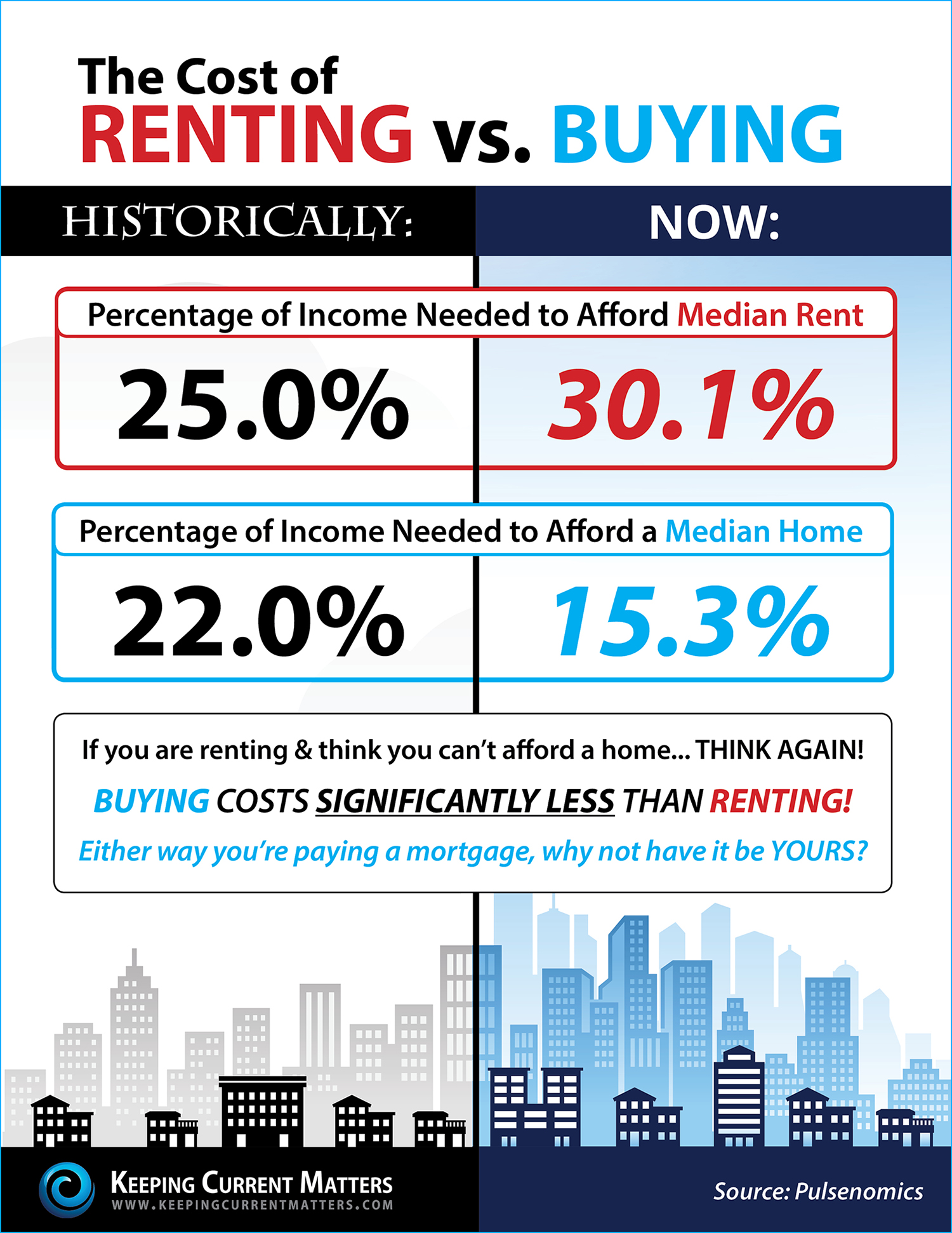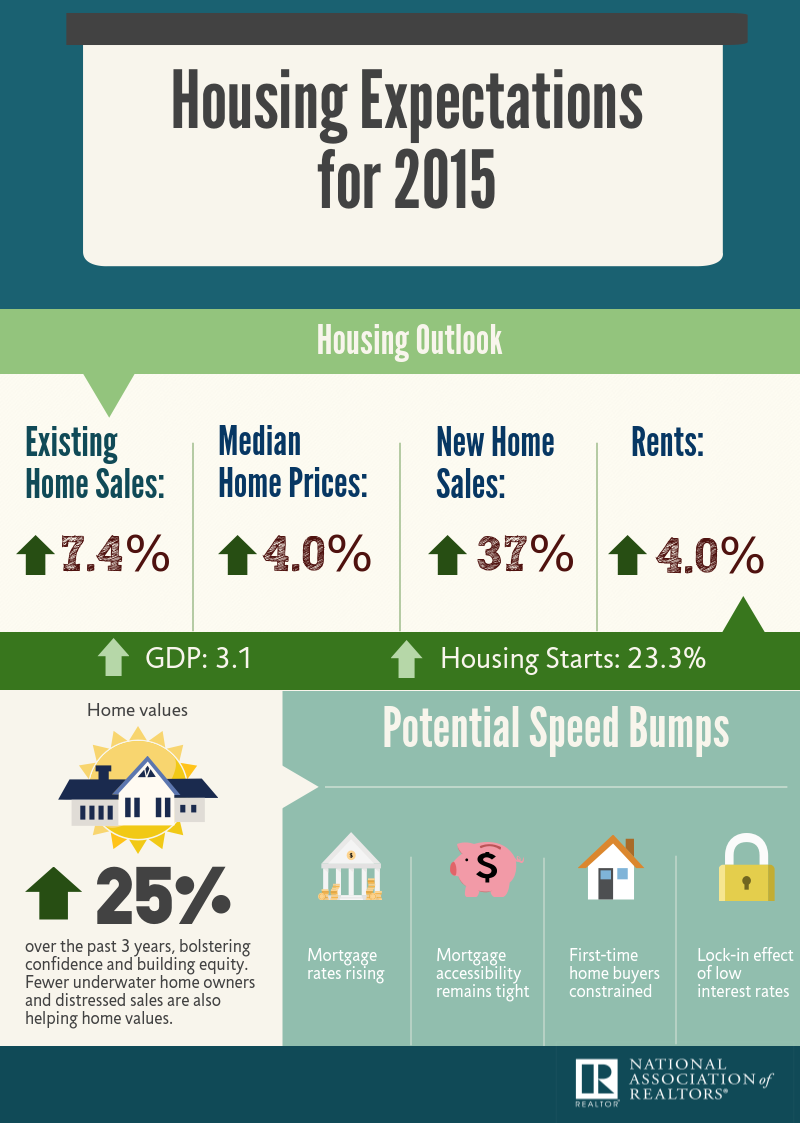In our over 39 years as custom home design-builders, we’ve seen it happen more often than we like, and more frequently than it needs to. The somber truth is that over 50% of custom builds never get off the ground, including those where the client has already purchased their lot, and may even had plans drawn. The number one reason for this vision deferred is that so many people do not, before anything else, prepare a realistic, comprehensive budget.
New home construction is never a smooth-sailing venture in the best of circumstances. Along the way you encounter bumps and surprises in the form of changes and unexpected costs, but careful planning with your builder from day one will greatly increase your odds of living in your dream home. To avoid future disappointments, discuss with your builder budget line items like site work costs, surveys, engineering, septic recommendations, house plans and builder permits and fees. Here is a step-by-step guide that dives deeper into the the elements to consider when budgeting for a custom home.
Early consultation with an experienced and professional design-build firm significantly reduces costs. From walking the potential lot to final fixtures, your design builder is a valuable partner in avoiding obvious pitfalls, can offer plan alternatives that keep your costs in line, and helps bring whatever you imagine to life.
It’s the relationship between a client and their design-builder, along with the support of talented tradespeople and suppliers, that makes for a successful project. Take advantage of their expert advice and you’ll find that the home of your dreams, in the area you desire, with the style, quality and features you envision, is all within reach.
This infographic will help you gain a broader perspective of where your budget is allocated throughout the process of building a custom home.
Check it out:
This is a guest post written by Kyle Foley, Managing Member of Foley Development Group, LLC. Located in Great Falls, Virginia, he operates a family-owned design build firm with real-world tested experience in building new homes, additions, and remodeling existing homes.








